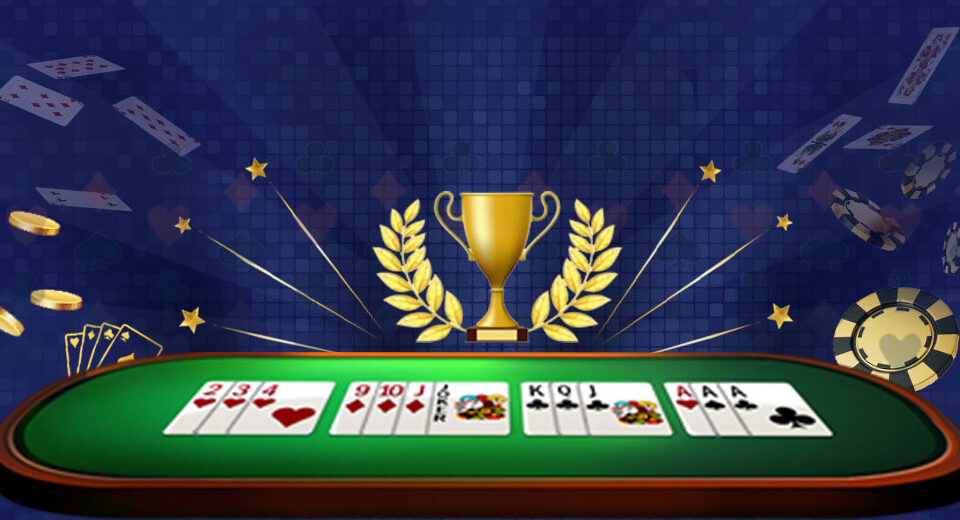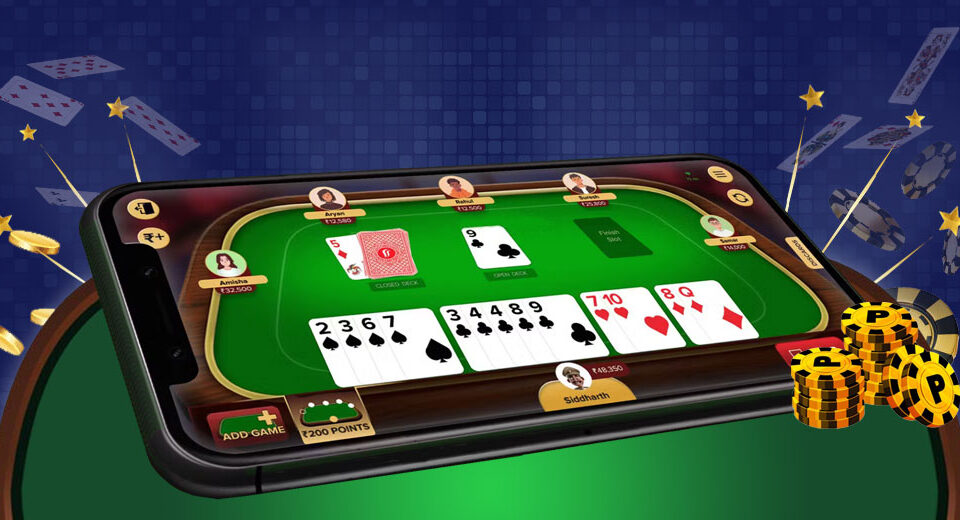The History of Indian Rummy: How It Became a Popular Card Game in India
IndianRummy is today one of the most recognized and widely enjoyed card games across the country. Its journey from an international card game to a household name in India is an intriguing tale of cultural integration, evolution, and adaptation.
Unlike many traditional games that have been passed down from ancient times, Indian Rummy has its roots in multiple international versions of rummy, which were gradually transformed to suit the preferences and playing style of Indian players.
This article traces the history of Indian Rummy, how it made its way into the Indian landscape, and how it eventually became a popular card game enjoyed by players across generations.
1. Global Origins of Rummy
The roots of rummy can be traced back to the early 20th century, though its exact origin remains a topic of discussion among game historians. Several theories suggest that rummy evolved from older card games such as Conquian - a Mexican game played with 40 cards that shares similar rules with modern-day rummy.
Another theory connects rummy to a Chinese game known as Mahjong, where players create sets and sequences. Over time, variations like Gin-Rummy and Contract Rummy emerged in the United States and Europe, influencing how the game evolved globally.
2. Introduction of Rummy to India
The arrival of rummy in India is believed to have occurred during the colonial era, when British officers and traders brought various card games into the region. Rummy, being a favourite pastime in European circles, gained popularity among Indian aristocrats and educated elites.
Its appeal lay in its simplicity, strategic nature, and the competitive thrill it offered without requiring elaborate setups or accessories.
3. The Evolution into Indian Rummy (13-Card Version)
As rummy became more familiar to Indian players, it began to evolve into a distinct format now known as Indian Rummy or 13-Card Rummy. This version incorporated local preferences and cultural nuances, resulting in a more structured format with clear rules and scoring systems.
The 13-card format requires players to form valid sequences and sets, with at least one pure sequence being mandatory for a valid declaration. This version is now the most commonly played form of rummy in India and has established a unique identity within the broader family of rummy games.
4. The Role of Indian Families and Social Circles
Indian Rummy quickly found a place in domestic settings and informal gatherings. It became a part of festive occasions, community get-togethers, and social interactions.
The game provided a mentally stimulating yet engaging experience that brought people together. Its strategic yet easy-to-learn nature allowed players of different age groups to participate, making it a staple activity in households and social events.
5. Digital Transformation of Indian Rummy
With the advancement of technology, Indian Rummy transitioned from physical tables to digital platforms. Online rummy platforms allowed users to enjoy the game from the comfort of their homes, anytime they wanted.
The user-friendly interface, secure systems, and interactive features made it even more accessible to newer audiences. Mobile apps and websites further accelerated the game's reach, making IndianRummy one of the most played digital card games in the country.
6. The Rise of Competitive Culture Of Rummy
Alongside casual play, IndianRummy has also developed a competitive edge. Players now engage in structured contests, leaderboards, and tournament formats that test skill and strategy.
The growing interest in competitive rummy showcases the game’s evolution from a leisurely pastime to a structured intellectual pursuit.
It also highlights the increasing recognition of rummy as a game of skill and decision-making rather than mere entertainment.
Conclusion
The journey of Indian Rummy - from its global roots to becoming a cultural phenomenon in India - is a testament to how games evolve and adapt across regions. What began as a foreign card game has now taken deep roots in Indian card game culture, not just as a recreational activity but also as a platform for strategic thinking and mental engagement.
As the game continues to thrive in both traditional and digital spaces, IndianRummy remains a remarkable example of how entertainment can blend with intellect and heritage.




